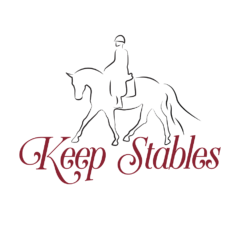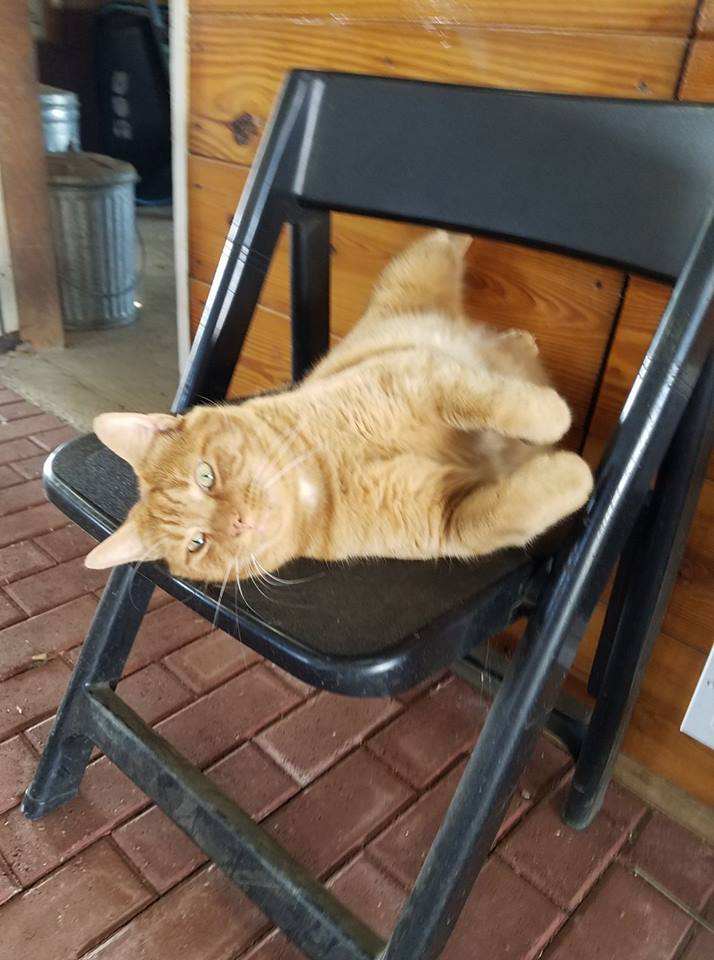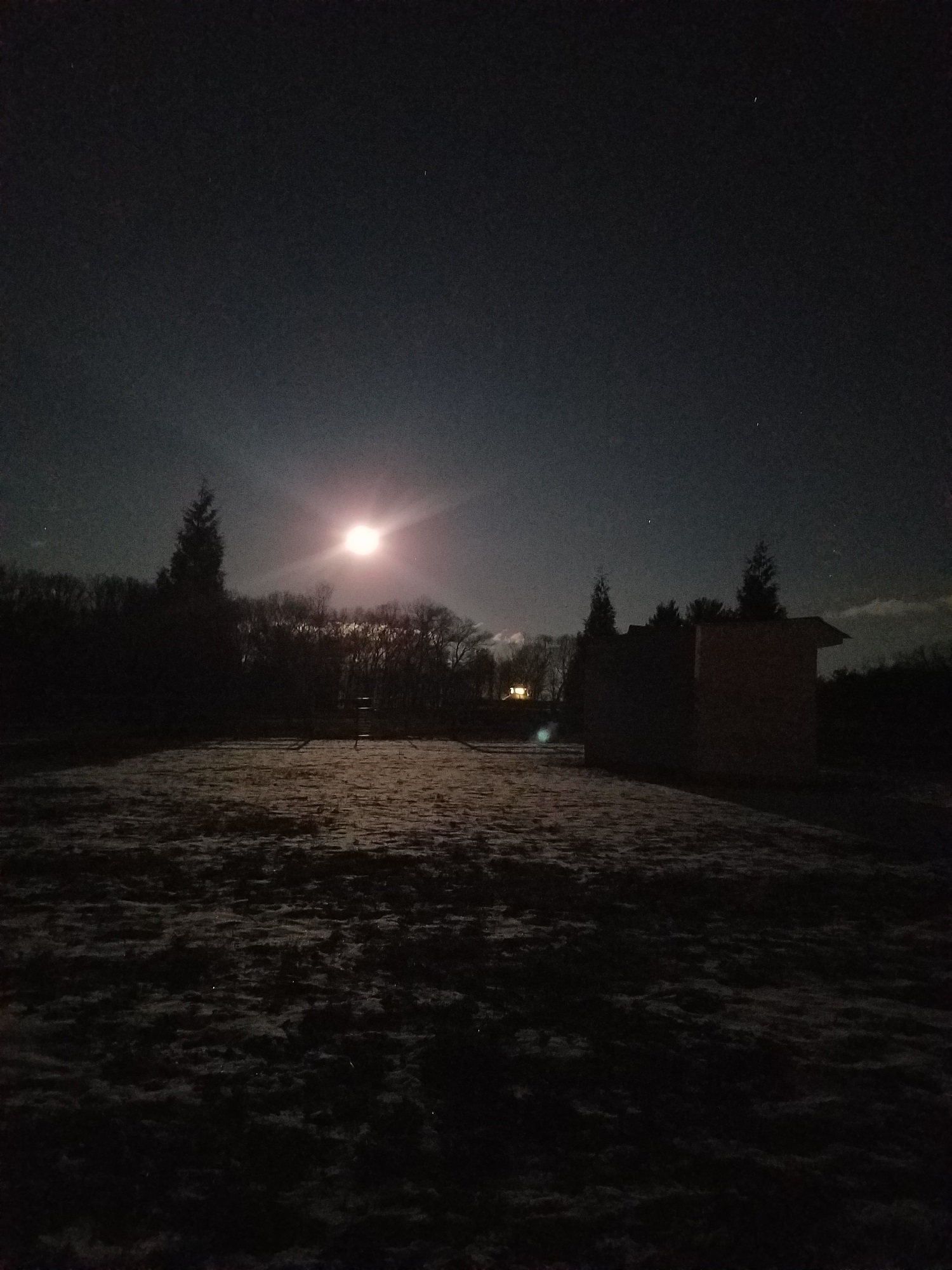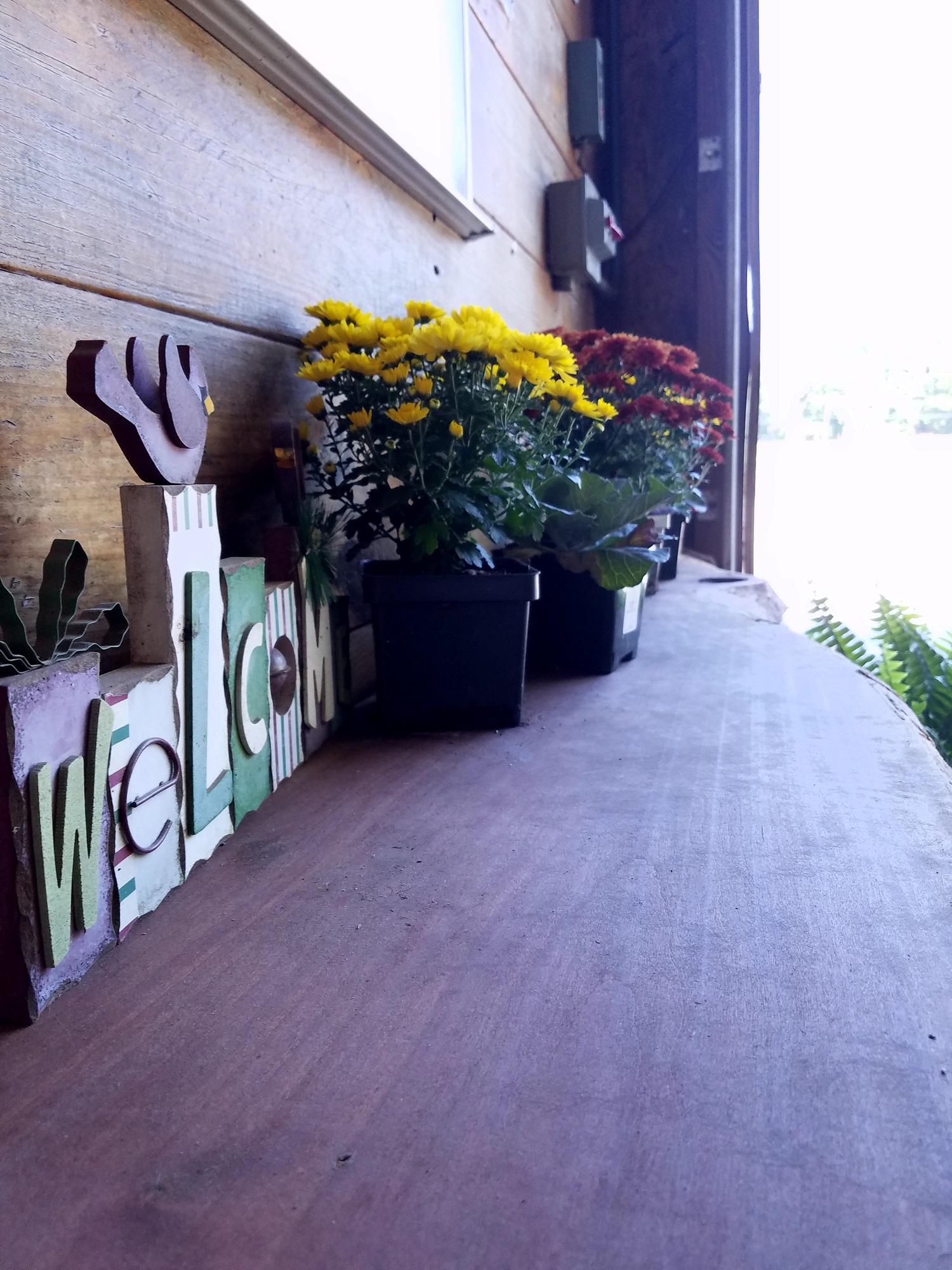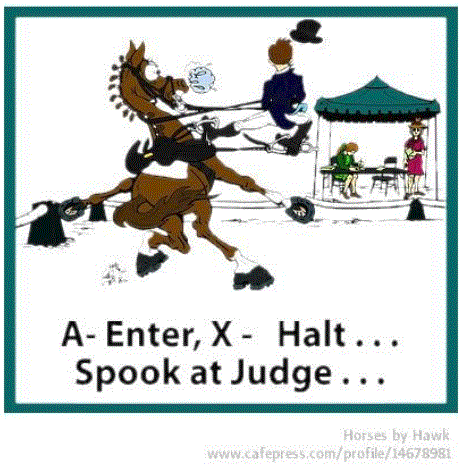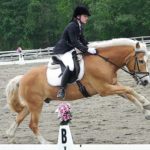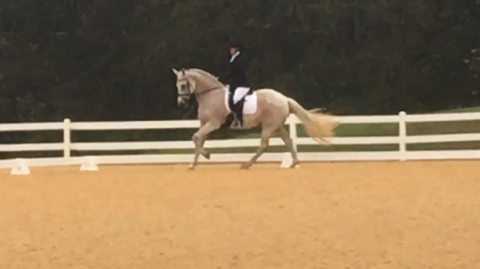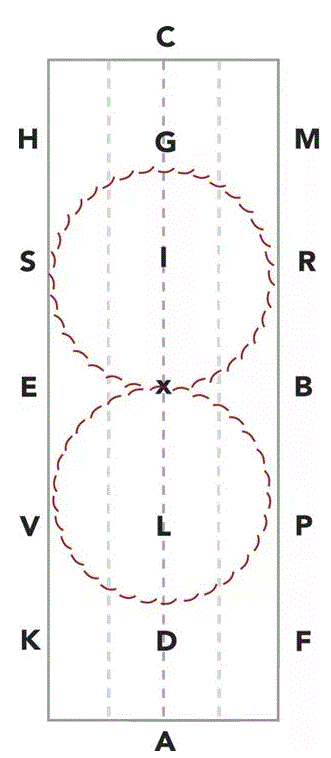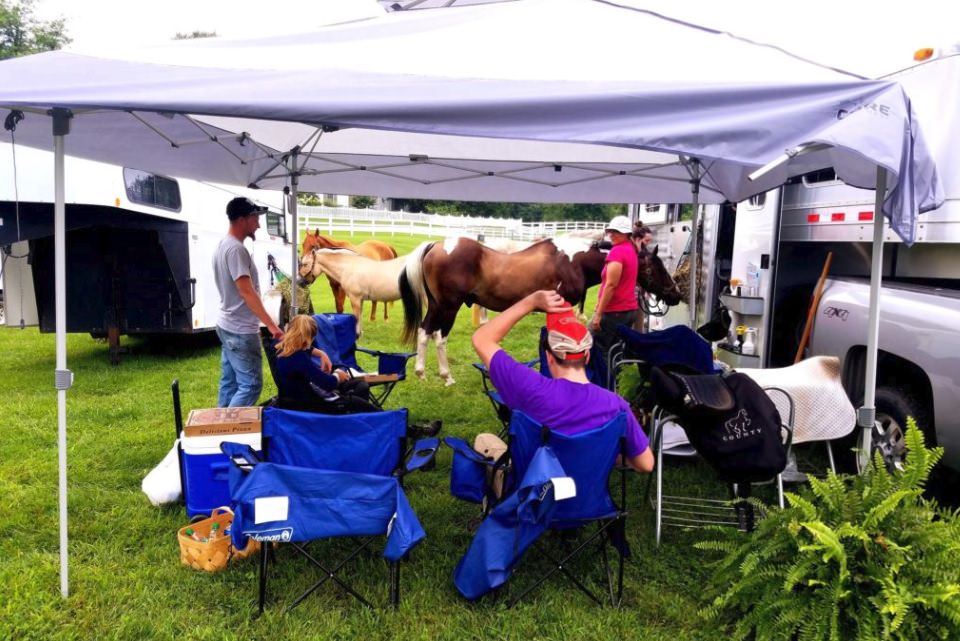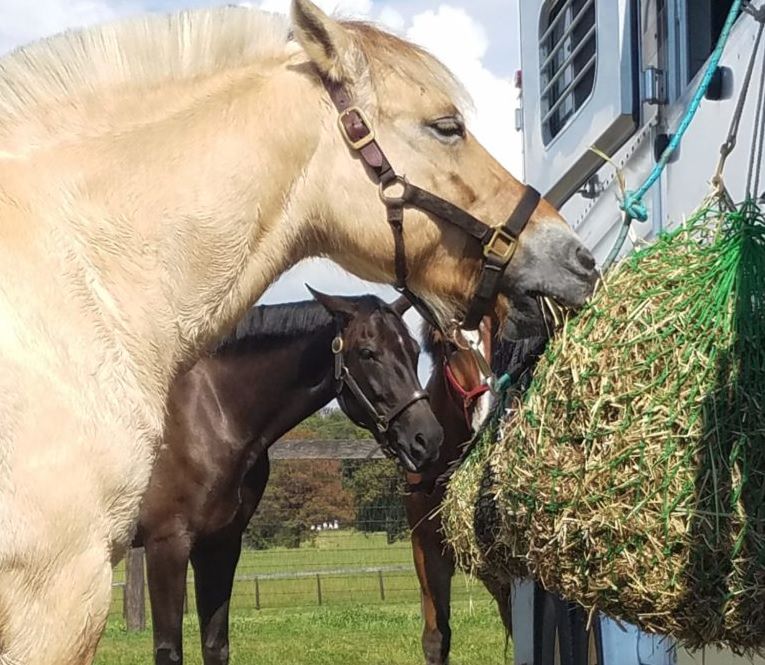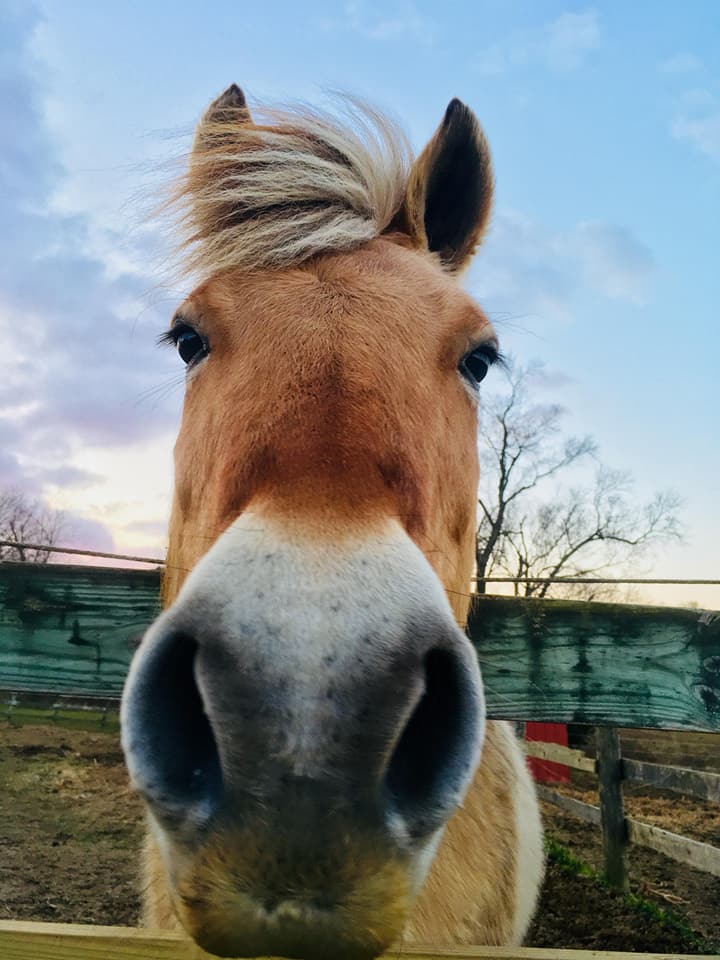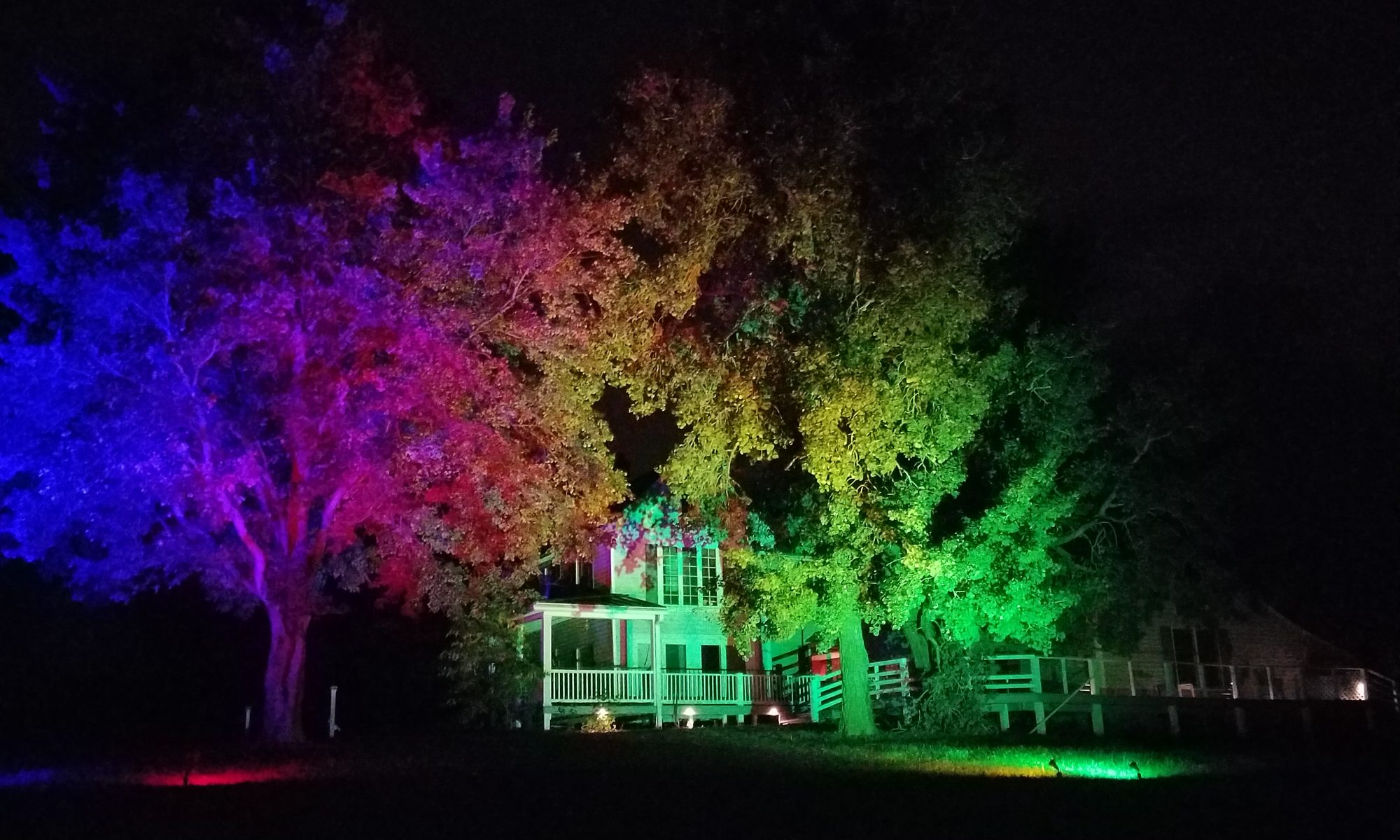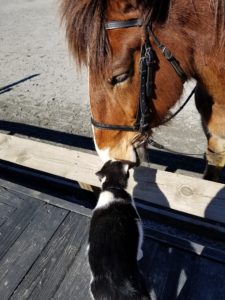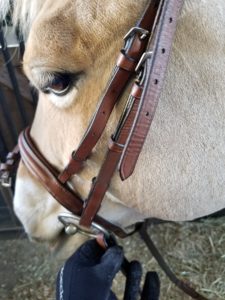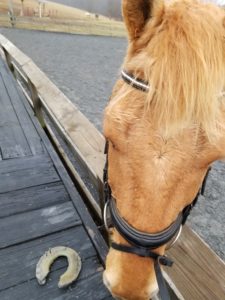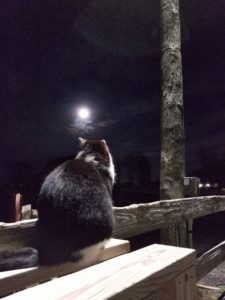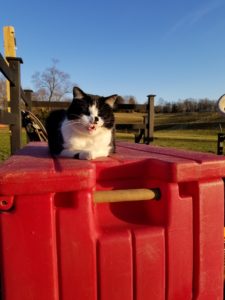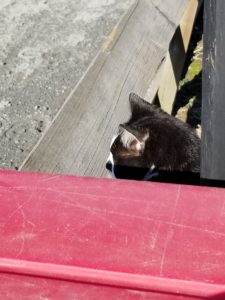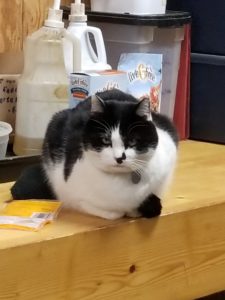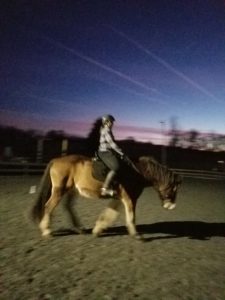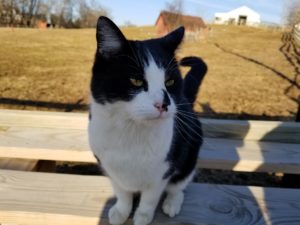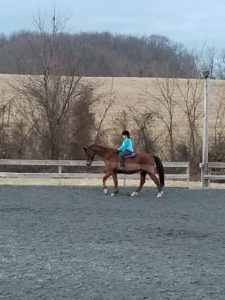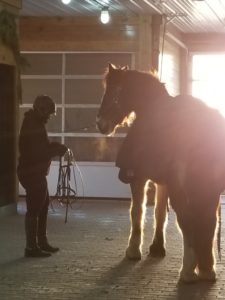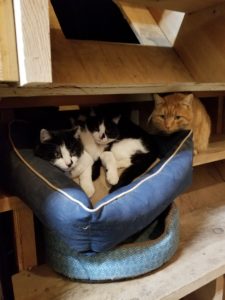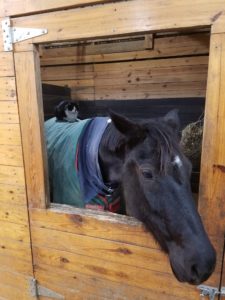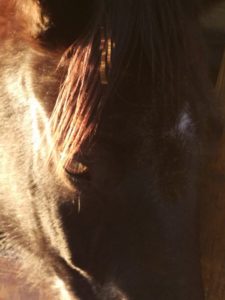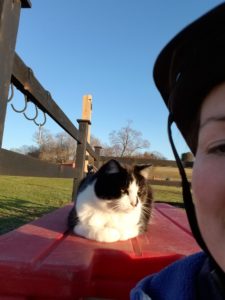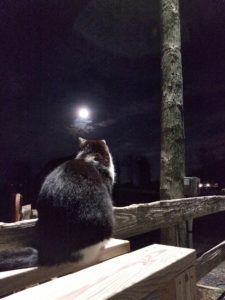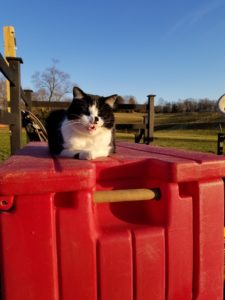One of the hardest words for me to learn to say was the word no.
I was so used to saying yes to everything and then having to come up with apologies and excuses as to why I couldn’t fulfill those promises.
Once I realized I had this problem with saying yes to everything I soon realized I wasn’t alone. The truth is vast majority of people struggle to fulfill on their promises all of the time and if you are reading this you are most probably relating to this issue.
The problem is that it’s just easier to say yes sometimes then to say no. So you do end up over promising and under delivering. You end up diluting what you are capable of because you are simply spreading yourself so thin. We say yes when we really mean no. We start projects that we know we don’t have the capacity to complete. We set ourselves up to fail by operating in an unsupportive environment. All of these things then cause us to be exhausted, run down and not have the energy or time to actually achieve what we are wanting to achieve.
Here’s the thing; there is only one attribute that sets apart the elite performers from the good performers; and that is integrity.
Know this is not the type of integrity that you may associate with honesty and truth. But the type of integrity that means you are your absolute word. Not only to others, but to yourself.
You see being your word and doing what you say you will is absolutely imperative to success, in every area of life. Whether its taking your dressage up to the next level or starting a new business.
When we get stuck in this spiral and trap of saying yes to everything you instantly disconnect and become disempowered because you simply can’t do everything well. You subtract from your full potential and you don’t allow yourself to show up and be truly present when the time counts.
Think about this, what do you feel when you are late for an appointment because you overbooked or you eat a bag of lollies when you’re meant to be removing sugar? Or when you run out of time in your day to ride, due to overlooking whats really important to you.
Do you feel guilt? Do you feel ripped off? Do you blame others for taking up your time?
All of these thoughts and feelings are clearly disempowered, but guess what you created them. They are the symptoms that show up when you are out of alignment from your truth or your purpose. When you don’t prioritize whats important to you.
So, is it possible to be your word, show integrity and stay empowered all of the time? If I said yes I would be lying, because things to happen life does get busy. The point however is knowing what your priorities are and making choices that suit them and not someone else priorities or schedule.
In order to create that integrity I thought I would share 6 key behaviors that I believe elite performers demonstrate that we can apply to our lives to help us excel as dressage riders.
Compassion for self and others
There is no such thing as perfection and being perfect is an illusion. High achievers I believe understand this and therefore demonstrate a level of compassion to themselves on the journey. They understand that not everyday is going to be great and the key is about continuing to move forward. To dusting themselves off and continuing to put in the work. Its about putting the time in. They say its 10,000 hours to master a skill and not every one of those hours are going to be great. So by understanding its about chipping away and moving through the ups and the downs and not getting to attached to them. Understanding that they are all part of the process to success. One of the greatest milestones you can have on the road to optimal success is learning to exercise utmost compassion for where you’re at on your journey. That compassion truly is the springboard to taking your skills up to the next level.
Self-awareness and the ability to get back on track
In order to be truly successful you have to have a certain level of self-awareness. When you are disconnected or your mind is cluttered you become disempowered. This doesn’t help you move forward. Elite performers know that knowledge needs to be applied, they don’t let circumstances get in the way of progress, so are constantly choosing to reconnect to what motivates them, moment by moment, to create extraordinary results in their lives.
No means no
When you build this self-awareness you gain the ability to know what you want and what you don’t want. You discover what you have capacity for and what you don’t have capacity for. You see the top performers in life do not over promise and under deliver because they inherently know when to say yes and more importantly, when to say no.
Success comes from being truly focused on what you want to achieve and what is going to move your forward towards your goals. Elite performers have way less ‘shoulds’ in their vocabulary because they are more concerned about what they want than what others want for them.
Supportive environment
Environment is everything when it comes to success. Late nights are not conducive to 6am schooling sessions before you head off to work. And days where you are pulled all over the show don’t provide you with energy at the end of the day to ride your horse either. Just like a cupboard full of chocolate is not helpful when you are committed to avoiding refined sugar and surrounding yourself with people who do not share your vision is setting yourself up for a rough ride on the road to achieving your goals.
Its no surprise then why elite performers choose to create a support team and an environment that gives them the best chance of success. That is why the Dressage Rider Training program is so powerful. No matter where you are you can find the support to help you on your road to success. The top athletes in the world don’t just put support mechanisms in place, they gather coaches, the learn and they surround themselves with what they need to succeed.
Renegotiate
Are you someone who is always running late, do you call ahead to the person you are meeting or do you just show up past the scheduled time all apologetic? Do you often have a clash in your diary and end up double booking people? Or do you promise to yourself this week I will start putting myself first, yet other appointments to others get in the way first.
Often, being a little late, overbooking or leaving the dry-cleaning for pick up until next week is not a big deal. However all of these things not only take extra energy due to the extra stress they create, but they also create a feeling guilt and disempowered because you are continually not doing what you say you will.
Is that really a recipe for success?
Where elite performers differ is that they are on top of their game and when they need more time or to tweak their environment to get the job done, they renegotiate the terms with the other person concerned, before they let themselves or others down. They put plans in place to make these sort of things not happen repetitively. Of course the odd stuff up here and there is no big deal, but if this is a continual pattern you are seeing maybe its time to look at your priorities.
Step into Resistance
A big part of growth is being stretched. Taking yourself to that uncomfortable zone to expand your skills. Do you spend all your time in rising trot, because you just can’t master sitting? Are you staying competing at a level you are comfortable at because you aren’t wanting that uncomfortable feeling of stepping outside your comfort zone. Maybe your coach is teaching you how to do flying changes but you don’t like the reaction you are getting, so instead of asking in different ways you instead are just avoiding it all together.
The CEO’s, dressage superstars and elite performers of the world have got where they have because they don’t shy away from discomfort. In fact, they know that when they feel like backing out, that’s the time to go in and grow. The truth is growth and achieving your goals lies in stepping into resistance, being stretched and embracing the uncomfortable because on the other side of those feelings is everything you could ever want and more. This is how you are going to achieve your goals.
So, take a moment to look at your life. Where are you currently experiencing success? Is it where you want it to be? And what about the areas where you are not performing quite so well? Ask yourself if I want to truly achieve success and put in the 10,000 hours what needs to change. You see success doesn’t come from just wishing or dreaming about it. All the knowledge and hopes is redundant unless it’s applied.
Being true to your word for yourself and others is the key to success. Learning to say no to the right things and yes to the things that help you develop further is going to truly unlock your potential.
